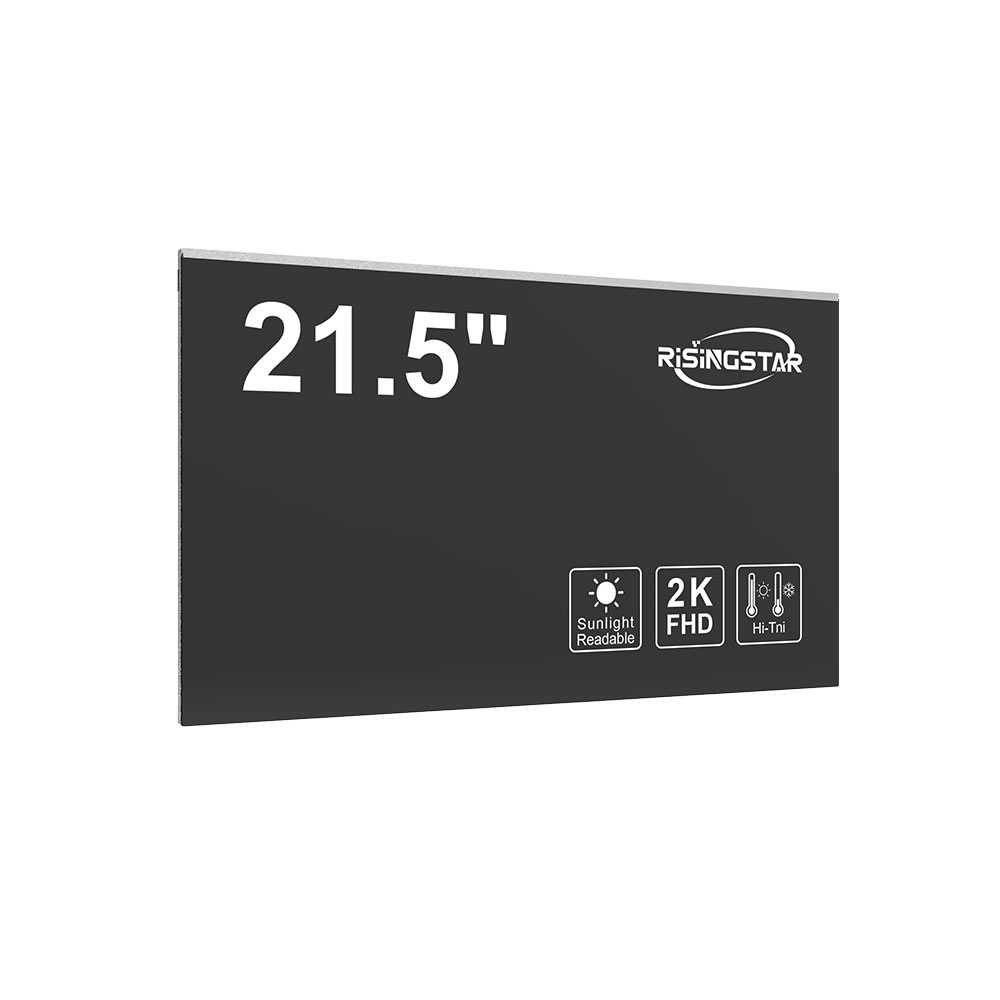- Home
- About Us
- Products
- News
- Video
- Contact
- Send Inquiry
Search
- Home
- About Us
- Products
- News
- Video
- Contact
- Send Inquiry

The CE marking is a mandatory conformity mark on products sold within the European Economic Area (EEA), indicating that the product complies with EU health, safety, and environmental protection standards. For manufacturers, importers, and distributors—especially those targeting the EU market—verifying the validity of a CE certificate is critical to ensure legal compliance, avoid penalties, and maintain brand reputation. The CE Certificate Search process involves validating whether a product has undergone the correct conformity assessment procedures, including technical documentation, testing, and declaration of conformity.
A CE certificate typically includes details such as the product type, manufacturer information, applicable EU directives (e.g., Low Voltage Directive, Electromagnetic Compatibility Directive, or Machinery Directive), test results, and the identification number of the notified body (if involved). When conducting a CE Certificate Search, stakeholders should use official databases like the European Commission’s New Legislative Framework (NLF) portal or national authorities’ platforms such as Germany’s BSI (Bundesamt für Sicherheit in der Informationstechnik) or France’s AFNOR. These resources allow users to cross-check a product's CE certificate against the official records maintained by EU member states.
Industry best practices suggest using both manual verification through product labeling and digital tools like the EU’s CE Declaration Database or third-party certification verification platforms like TÜV SÜD, UL, or Intertek. For example, a 2023 case study from the European Commission found that over 12% of imported electrical devices failed initial CE validation due to forged or outdated certificates—underscoring the need for rigorous checks before market entry.
Furthermore, the search must not stop at certificate authenticity—it must also verify that the certificate applies to the specific product model, batch, and intended use. Misuse of generic or expired certificates can lead to severe consequences, including product recalls, fines up to €1 million per violation, and reputational damage. In high-stakes sectors like medical devices (under MDR Regulation 2017/745) or construction products (under CPR Regulation 305/2011), failure to validate the CE certificate can halt entire supply chains.

Manufacturers seeking to streamline their CE compliance efforts are encouraged to work with accredited Notified Bodies, maintain updated technical files, and implement robust internal quality management systems aligned with ISO 9001 and EN 13485 standards. Additionally, integrating CE certificate tracking into ERP or PLM systems helps ensure continuous compliance across product lifecycles—a practice increasingly adopted by leading multinational firms such as Siemens, Bosch, and Philips.
In summary, a thorough CE Certificate Search is more than just a formality—it is a foundational element of global product compliance strategy. By leveraging authoritative databases, adopting industry-standard verification protocols, and staying current with evolving EU legislation, businesses can confidently enter and succeed in one of the world’s most regulated markets.
